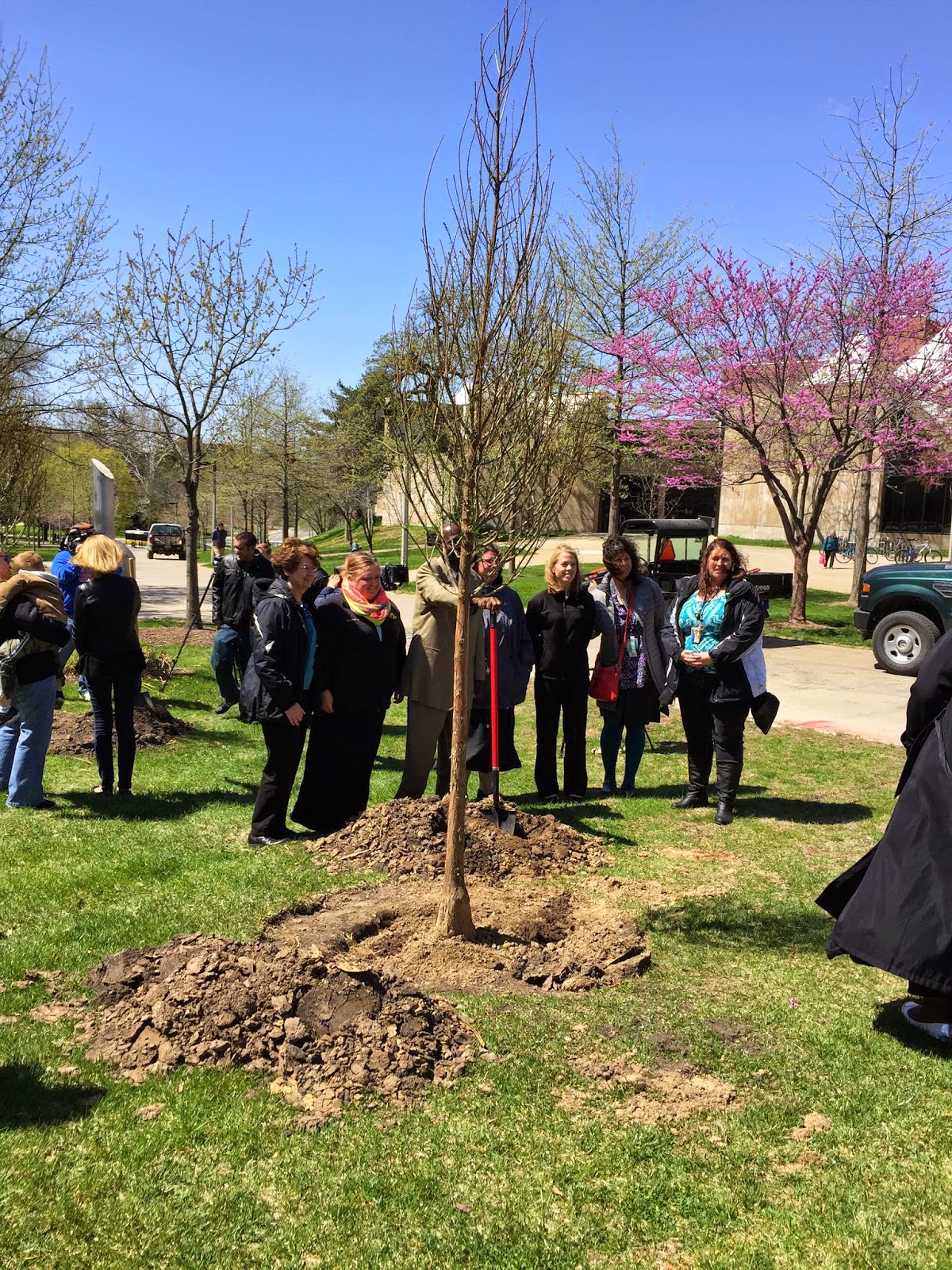U of I Hospitals Plant Trees for Transplants
Brooklyn
Draisey
Columnist
On Wednesday, April 22, the
University of Iowa hospitals celebrated the year of the hospital’s 5000th
transplant by planting trees. The event was organized by Greg Johnson, Jody
Johnson, and other members of the hospital staff. They planted five different
trees for the five different major organs, which are the heart, lungs, liver,
kidneys, and pancreas. They also planted a tree in honor of the donors who
saved recipients’ lives by donating organs. The types of the trees were Bald
Cyprus, which were chosen for their beauty and resilience.
As of April 22, the hospital had
successfully conducted 5,018 transplants. The most common type of transplant
was for kidneys, and there have been 3,338 since 1969. There have been 785
liver transplants, 339 heart transplants, 146 lung transplants, and 69 pancreas
transplants. There were also many people who required more than one organ
transplant, like heart and lung or kidney and pancreas.
Before the actual planting, doctors, recipients and other officials spoke
about their experiences with the hospital and organ transplants specifically.
Jody Johnson, a psychologist that has worked with both donors and recipients,
spoke about herself and told the stories of people who couldn’t make it to the
event. She also read part of an email that was written by Michelle Draisey, my
mother and the mother of Bryce Draisey, a student of Southeast Polk who passed
away after getting a heart transplant in 2010. The family was invited to the
event to be representatives of the heart transplant category. Recipients of
lung and heart transplants also spoke about their experiences at the hospital.
For the planting, everyone wrote down a personal note on a piece of paper
and buried them with the trees. Doctors, recipients and donors all helped to
scoop dirt onto the trees’ roots and the notes. The ceremony was a beautiful
one, perfectly balanced between somber and laid back. The ceremony was the best
way to both celebrate the life given by transplants and the life taken away
from donors.

.JPG)


Comments
Post a Comment